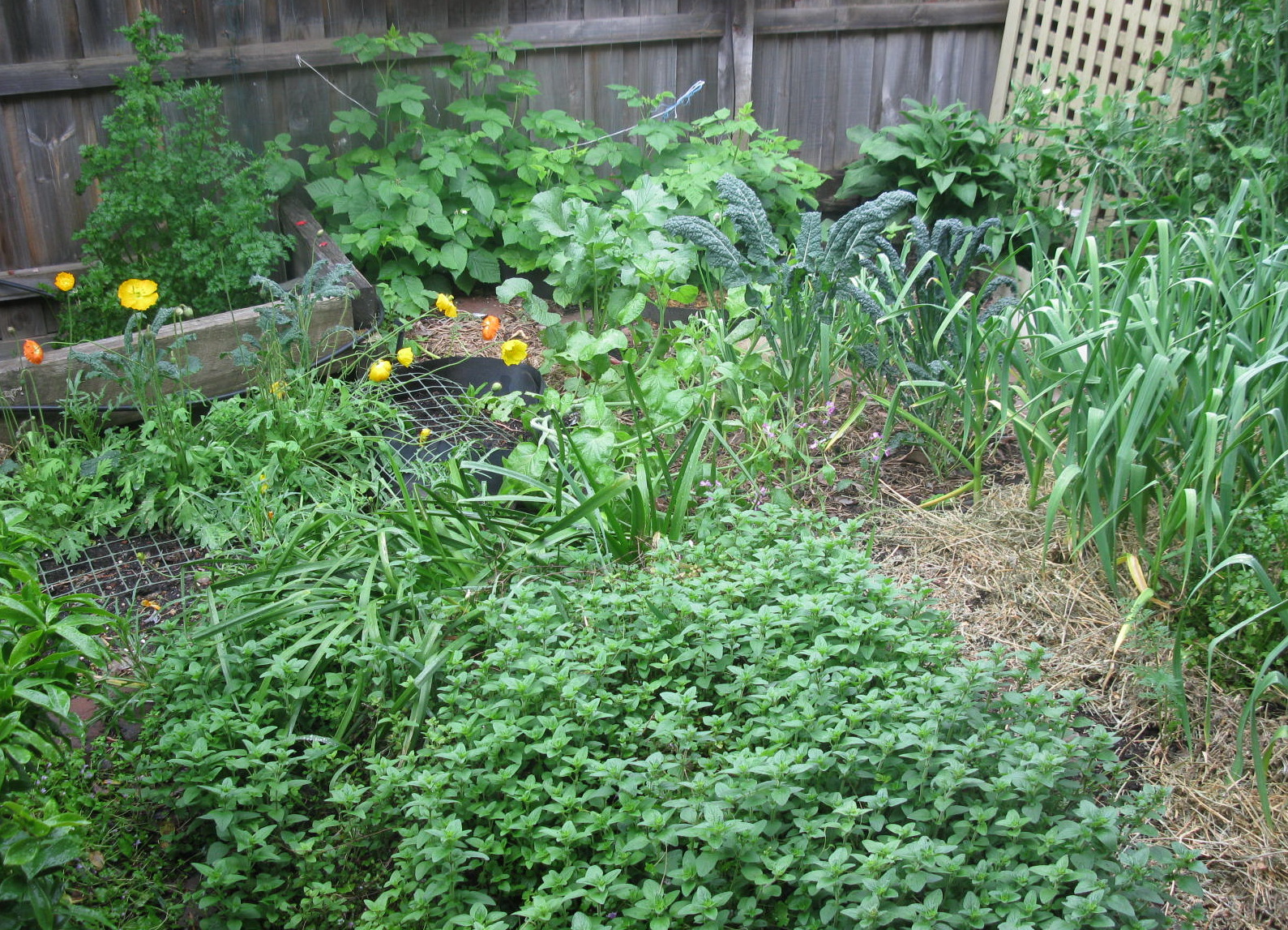Crop rotation is the practice of moving the planting of different crops between one garden bed and another from season to season.
There are a couple of good reasons why you might do this, but working out how to do it is a source of confusion for many vegie growers.
One of the most important reasons is to prevent the build-up of soil-borne organisms that lie in wait for particular plants to be grown in the soil, so that they can attack them. This is particularly true of two different vegetable groups and here it is handy to know the names of these families so that you can work out which vegetables form part of them. The plant families that are prone to these soil diseases are the Solanacaea and the Brassicaea. Put more simply, the Solanacaea (often referred to as the Solanums or the Nightshades) consist of our summer favourites: tomatoes, chillies, capsicum, eggplants and potatoes and all their varieties. The Brassicaea (Brassicas or the mustard families) are the ones that are usually grown over the cooler months, such as broccoli, cabbage, cauliflower, Brussels sprouts, and many of the Asian greens and Italian mustards.
To avoid persistent problems, these are the families that shouldn't be grown in the same bed (or same spot in the vegie patch) year after year, but moved about so that the problematic soil issues don't occur to spoil the growth of these plants.
The other reason to rotate your crops is to take advantage of the tendency of some plants to deplete the soil of nutrients during the growing period - and to next plant others that do better in a less nourished soil. This is known as nutrient cycling and understanding how this works means that in the end, you are letting the soil work for you, by understanding a bit about what is happening with each family of plants. Have a look at the attachment for a more detailed look at the rotation cycle.
Crop rotation in the vegie patch